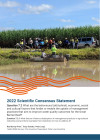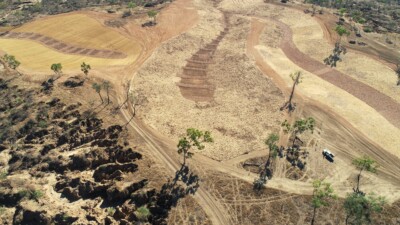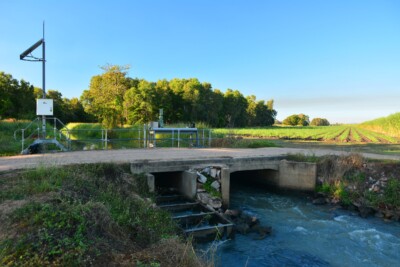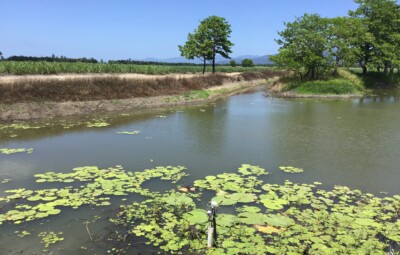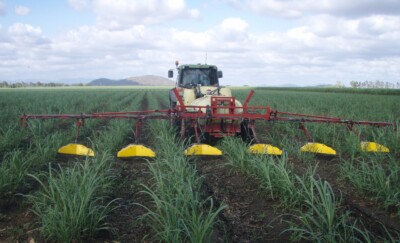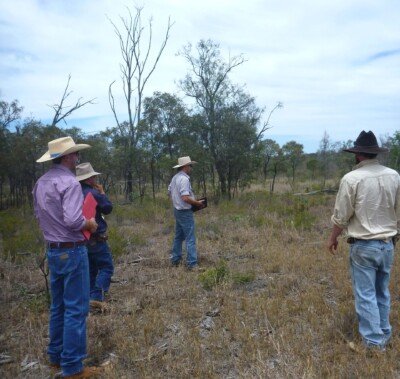Human dimensions of water quality improvement and emerging science

What are the behavioural (attitudinal), economic, social and cultural factors that hinder or enable the uptake of management practices that aim to improve water quality outcomes for the Great Barrier Reef? [Q7.2]
What factors influence disadoption of management practices in agricultural industries and are there examples from elsewhere on how to address it? [Q7.2.1]
Authors: Roy Murray-Prior1, Tracy Schultz2, Peter Long3
Affiliations: 1Agribiz RD&E Services, 2The University of Queensland, 3Peter Long Consulting
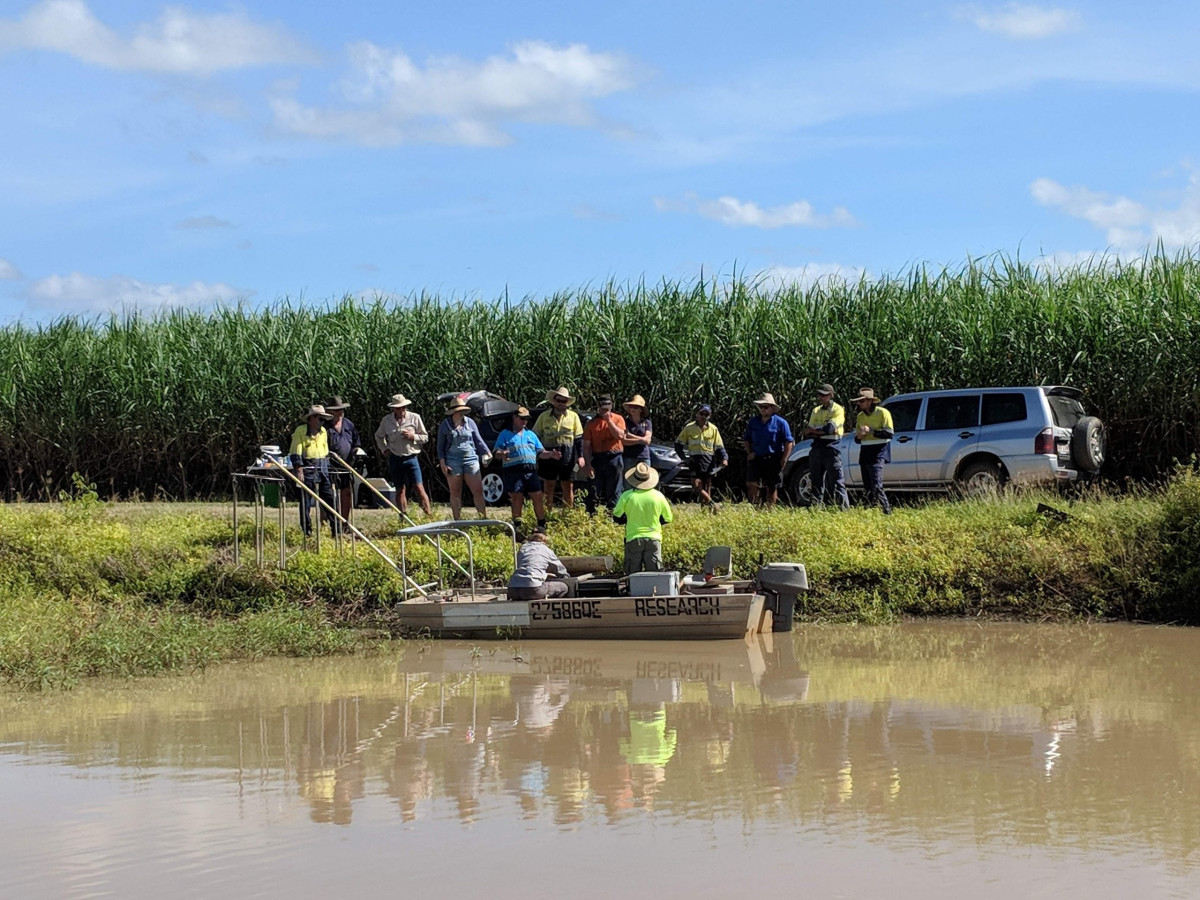
Evidence Statement
The synthesis of the evidence for Question 7.2 was based on 106 studies published after 2000, including 102 undertaken in the Great Barrier Reef. The synthesis includes a High diversity of study types (29% mixed, 12% secondary data analysis, 17.5% quantitative, 15% qualitative, 9% review, 17.5% conceptual model) and has a Moderate confidence rating (based on Moderate consistency and High overall relevance of studies). Only four studies were found in Australia since 2000 that discussed disadoption of management practices in agriculture. None of these discussed the Great Barrier Reef and none measured the levels of disadoption or the factors that hinder or enable disadoption of management practices.
Summary of findings relevant to policy or management action
The factors that influence the uptake of management practices to improve water quality operate at various systems levels. These levels can be described as macro (governance, culture, media, economics, policy and legislation), meso (industry, research and development agencies and community), micro (individuals and relationships to people) and practice or behaviour characteristics. The macro context, including the enabling environment and governance systems, directs and moulds what occurs at each of these levels and hence influences efficiency and effectiveness. Landholder distrust and suspicion of certain groups including government and scientists involved in Great Barrier Reef research, program delivery organisations, program managers and delivery staff is a key factor hindering uptake of management practices. To overcome this distrust, management practices and programs for agricultural and urban land managers would be more efficacious if they were developed, tested, scaled, monitored and evaluated using collaborative processes that actively involve key actors in the relevant communities, value chains and innovation systems. Context and the processes used to engage with the land managers are critical to consider but factors identified that may be associated with improved uptake include levels of human and social capital, economies of size, presence of trusted advisors and bottom-up development of practices.
Supporting points
- Recent literature has identified several principles that can be used to help address the lack of trust, particularly active engagement of key actors from the planning stages onwards which can improve the design, implementation and scaling of management practices to improve water quality outcomes for the Great Barrier Reef.
- There has been extensive investigation of factors hindering and enabling the uptake of management practices at the practice, landholder and micro-level. Perceptions of these factors vary between researchers and farmers and within farming communities, creating a diversity of evidence about drivers of management practices. Options to address these factors need to be incorporated within the innovation processes (research, development & extension).
- While real and perceived economic factors are important to landholder decision making, even profitable practices can take time to be adopted because of the interactions within and between economic factors and landholders, research, extension, industry and community attitudes and systems. Less profitable practices are likely to take even longer and will require further development of approaches, supporting policies and instruments. Additionally, for all land uses, demonstrating links between practice change and improved water quality outcomes was identified as an important factor that could enable and hinder practice adoption. Other factors for major land uses include:
-
- For sugarcane, social norms, costs of adoption, compatibility with farming systems, economies of size effects, and the interaction of technology characteristics and context were identified as factors that hinder and enable uptake.
- For grazing, the interaction of weather and climate with property and decision-maker context, financial and other support over time, transaction costs and skills required.
- For urban, social resilience, and innovative and adaptive capacity may be important but there were few studies to support this.
- Mixes of instruments (e.g., regulation, incentives) could be collaboratively designed, implemented and evaluated alongside or in coordination with extension approaches to improve their efficiency and effectiveness.
- Government policies and the introduction of regulations were mentioned by multiple authors as resulting in mistrust that hindered the uptake of recommended management practices to improve water quality outcomes beyond minimum standards. When these decisions didn’t have the support of the target audiences (e.g., landholders or councils), they generated resistance and conflict that was supported and intensified by industry, media and politicians.
- Program evaluation from the micro to the macro levels is still weak and requires guidelines and funding that puts a greater focus on outcomes and impacts beyond the life of programs or projects. Ideally, evaluation would be part of the planning process, extend beyond the lifespan of the program, and include changes in behaviour, and human and social capital that may have ongoing benefits.
- Disadoption has not been studied in the Great Barrier Reef catchment area. However, there are two factors that need to be quantified to improve this understanding: 1) the number of landholders (as a portion of the landholder population) that adopt management practices which improve water quality and 2) those that then disadopt, noting that there may be very few that disadopt when compared with those that don’t shift land use practices in the first instance. The factors influencing disadoption are also likely to vary in the same way that factors influencing initial uptake vary. Understanding disadoption does not require extra studies, rather it should be part of ongoing evaluations.
